We had the pleasure of interviewing Lorenzo Balbi, since 2017 at the helm of the network of contemporary art museums in Bologna, that includes MAMbo, Villa delle Rose, Morandi Museum, Casa Morandi, Museo per la Memoria di Ustica and Residenza per artisti Sandra Natali.
Francesco Liggieri: Can you describe yourself through the tile of an artwork?
Lorenzo Balbi: In my studio at MAMbo there is an undated collage on paper by Alighiero Boetti, perhaps a test for the first of his “squares” with 16 colored letters arranged in a 4 x 4 square to compose, from top to bottom, from left to right, the title Order and Disorder. At first glance it looks like a patch of rambling color and the letters seem randomly arranged, but once you understand the order and succession, it reveals its meaning, albeit enigmatic. It is a work that I literally live with, that I see every day and that I think can describe myself in some way. Sometimes I am or seem messy and rambling in what I say or do but if you look carefully, if you find the “code” – and this undoubtedly requires a personal effort -, I think that even my “letters” can appear orderly and acquire a sense, pigeonholing themselves to reveal a meaning, even if this paradoxically leaves its own interpretation open and free in an endless game in which arrival is nothing more than a new starting point.
Is there an exhibition or a project that you would like to create but have not yet done within the museum you manage?
I feel lucky to have had the opportunity, funds and space to carry out numerous projects that I had in mind and I must admit that in recent years I have taken a lot of satisfaction and have fulfilled many dreams and desires I had in my drawer. But obviously there are just as many projects that I have not been able to carry out (in 2021 an exhibition was set up in the project room entirely made up of not implemented projects – Hidden Displays 1975-2020. Progetti non realizzati a Bologna-, some were even proposed by me) and as many that I still want to do! It’s part of my job, it would be worrying if they weren’t.
What can a museum or a contemporary art foundation do for the growth of the country?
I connect the idea of a museum with that of a living organism capable of adapting and proposing new possible evolutionary models in different contexts. I have done this specially in recent years when MAMbo has tried to respond to the pandemic emergency by transforming its exhibition space into a gigantic shared atelier of workspaces for artists with the project for the Nuovo Forno del Pane. I believe that museums can function as creators of new models applicable in different fields and useful for the growth of society.
How has the pandemic affected your work?
The pandemic accelerated some processes underway and made necessary and urgent a redefinition of the role of the museum, the device-exhibition and the “necessity” of the activities we carry out (do you remember the urgency to distinguish between necessary activities – for which ones you could leave the house – and unnecessary?). For my work it has meant having to make radical decisions and launch projects that are completely different from the past, thinking outside the box, reviewing relationships with colleagues, artists and professionals, learning to use new ways of communicating and relating, rethinking work with artists and with the public on exhibitions and collections.
Should the public be trained or entertained within an art exhibition?
Both and neither. People should be left free to interact with the works and collections of the museum, providing them with the tools to understand, to react and maybe even to entertain and have fun but respecting their individuality, diversity and will to involvement. This is certainly influenced by my training and my work as a cultural mediator. It is not by forcing visitors to have fun or entertain themselves that we get their interest, but by providing them with information – “mediating” the contents – to overcome the “threshold effect” that museums and contemporary art works inevitably have and helping them to get involved, with their own experience and their ideas, in the relationship with what is proposed to them.
Is there a place that you identify as the beginning of your journey and your work?
The place I identify as the beginning of my professional career, it is a small room in the Sandretto Re Rebaudengo Foundation in Turin, to the left of the reception desk, at the end of the corridor after the toilets. It is a small room but there I had the opportunity – for which I will always be grateful to Patrizia Sandretto Re Rebaudengo and the whole Foundation – to start experimenting with curating, to start working with artists, to participate in the production of their works and even to live my first teaching experiences within the course for curators Campo. On that wall I saw my name indicated for the first time after the fateful formula: “curated by”.
What do you find (if there is anything) interesting in the so-called “blockbuster exhibitions”?
I have always argued that there is no “first class” audience and a “second class” audience and that it is unfair to make this distinction: all art audiences are publics to turn to and anyone who chooses to devote their time going to an exhibition, perhaps moving from their city – or even simply buying a ticket – is a small success for all those who work in this sector. So blockbuster exhibitions are welcome if they help bring an audience interested in art and culture into cities, centers and museums. What we need to work on is to educate the public on the diversity of the proposals, to bring out the research and experimentation character of museums, to make them understand the differences between blockbuster exhibitions and research exhibitions included in a path of experimentation consistent with the nature and history of the institution and the place where they are built.
What would you recommend to a young person who would like to pursue the same career path as you?
To get the hands in the dough. Studying is not enough. The study paths for curators, although absolutely necessary, are producing a large number of aspiring curators with a very similar background but, in the majority of cases, totally lacking in direct experience. In this panorama the difference is therefore played on the active involvement in cultural projects: the small exhibition curated in the improvised non-profit space in a garage, the management of a project-space in collective with other young curators and artists financed by self-taxation, the blog on wordpress where you can start writing, weaving relationships, reviewing exhibitions. And of course the experiences abroad, not only for reasons of linguistic necessity, which are fundamental for putting oneself to the test in a different and unprotected context.
If you could choose a historical or fictional character to be included in your work team, who would you choose?
Bruno Munari for his unique way of looking at things from ever new and different perspectives – pushing everyone to do it – and for his way of thinking constantly outside the box, offering precious nourishment to our most creative part. His books – especially Codice Ovvio– are a constant source of inspiration for me. A person like him would be fantastic within a work team, would be able to stimulate design skills in any field of application, proposing unexpected visions and knowing how to react to facts, situations and even accidents with ingenuity and irony, finding new solutions and original methods.
If you weren’t the director of MAMbo, what would you like to do?
The cook. I have always enjoyed cooking, I am passionate about good food and good wine and I worked assiduously as an assistant cook during my years as a university student for a catering company near Turin. If I weren’t a curator, I’d like to cook, maybe even making a job out of it. Thinking about it, there are several similarities between the two professions: dealing with an audience, having to look for interesting ingredients and mix them in a way that they can arouse emotions while remaining well identifiable.
Can you tell us the underlying process of the exhibition choices at MAMbo?
There is no fixed or unique path. The exhibition program of a museum is the result of continuous research, experimentation, enhancement of internal projects or impulses from the outside. The museum must be an antenna capable of capturing the urgencies of artists and contemporaneity and of translating them into projects and exhibitions having the flexibility to change, to rethink, to modify. In my opinion, the artistic director must act as a connector and organizer of these impulses, following his own precise vision but opening up to the various influences and always ensuring that his programming is grafted into a museum path that respects the identity of the institution in which he works. In the case of MAMbo, the projects that make up the exhibition program, although all belonging to this direction, must demonstrate a relationship or relevance to what I define as the three “pillars of identity” of the institution: an experimental approach, especially in the enhancement of new media (let’s not forget that the GAM in Bologna was the first public museum in Italy to dedicate exhibitions and spaces to performance, street art and video already in the 70s); particular attention to Italian art, especially of the new generations (respecting the history of the museum which has been a privileged stage for Italian artists of entire generations, with exhibitions such as Spazio Aperto and the first section of the permanent collection in a public museum dedicated to young Italian art); and, last but not least, a participatory and public involvement feature, also in relation to museum teaching and mediation (GAM was one of the first museums in Italy to have an educational department, active since the early nineties , and still today the didactic activity that MAMbo addresses to the various audiences is conceived not only as an offer but as a place for experimentation and development of new educational strategies).
Info:
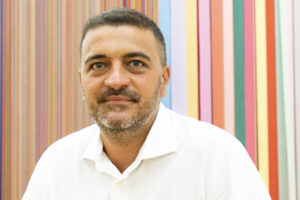 Lorenzo Balbi, direttore del MAMbo, photo Ornella De Carlo, courtesy Settore Musei Civici Bologna | MAMbo
Lorenzo Balbi, direttore del MAMbo, photo Ornella De Carlo, courtesy Settore Musei Civici Bologna | MAMbo
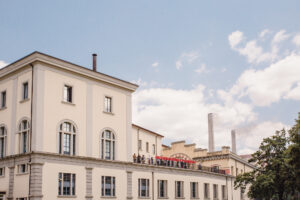 MAMbo, external view, photo Valentina Cafarotti and Federico Landi, courtesy Settore Musei Civici Bologna | MAMbo
MAMbo, external view, photo Valentina Cafarotti and Federico Landi, courtesy Settore Musei Civici Bologna | MAMbo
 MAMbo, permanent collection, photo Ornella De Carlo, courtesy Settore Musei Civici Bologna | MAMbo
MAMbo, permanent collection, photo Ornella De Carlo, courtesy Settore Musei Civici Bologna | MAMbo
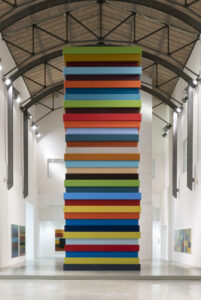 Sean Scully, A Wound in a Dance with Love, exhibition view at MAMbo, courtesy Settore Musei Civici Bologna | MAMbo
Sean Scully, A Wound in a Dance with Love, exhibition view at MAMbo, courtesy Settore Musei Civici Bologna | MAMbo
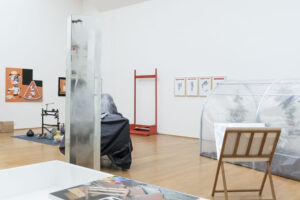 NO, NEON, NO CRY, exhibition view at MAMbo Project room, courtesy Settore Musei Civici Bologna | MAMbo
NO, NEON, NO CRY, exhibition view at MAMbo Project room, courtesy Settore Musei Civici Bologna | MAMbo
 Hidden Displays 1975-2020. Progetti non realizzati a Bologna, exhibition view at MAMbo Project room, courtesy Settore Musei Civici Bologna | MAMbo
Hidden Displays 1975-2020. Progetti non realizzati a Bologna, exhibition view at MAMbo Project room, courtesy Settore Musei Civici Bologna | MAMbo
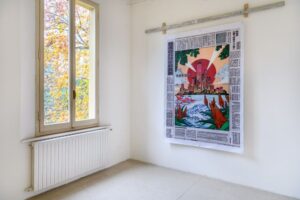 Elisa Caldana and Aki Nagasaka, Times of Crisis, installation view at Villa delle Rose, Bologna (2021), photo Giorgio Bianchi, courtesy Settore Musei Civici Bologna | MAMbo
Elisa Caldana and Aki Nagasaka, Times of Crisis, installation view at Villa delle Rose, Bologna (2021), photo Giorgio Bianchi, courtesy Settore Musei Civici Bologna | MAMbo
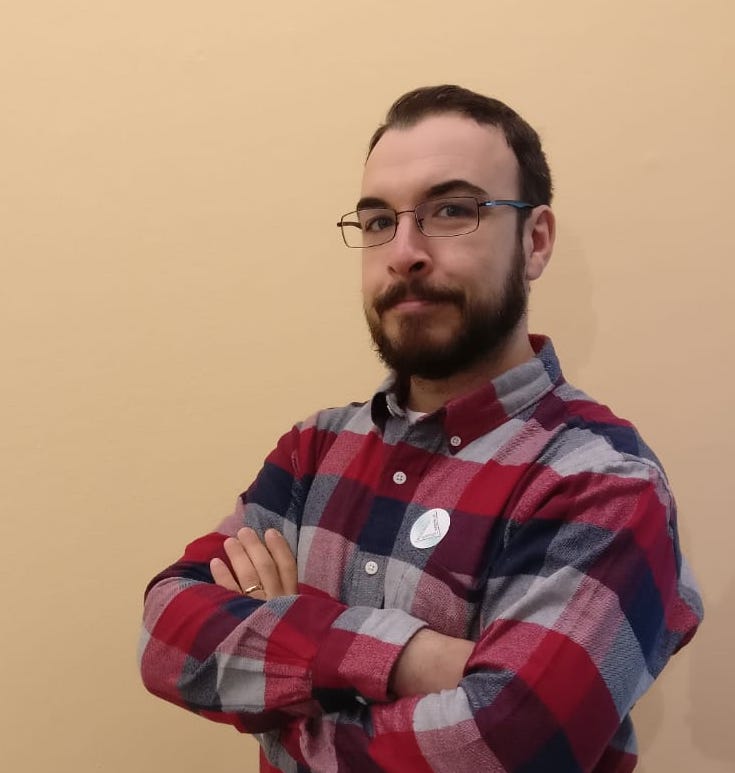
Independent artist and curator. Founder of No Title Gallery in 2011. I observe, study, ask questions, take informations and live in contemporary art, a real stimulus for my research.



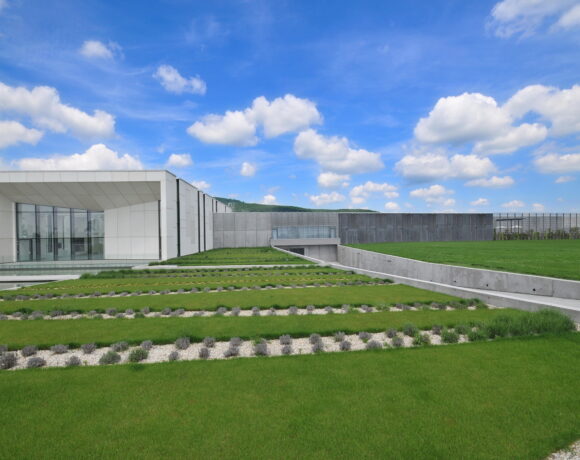


NO COMMENT